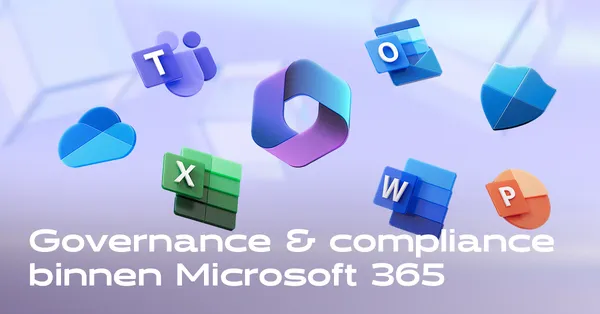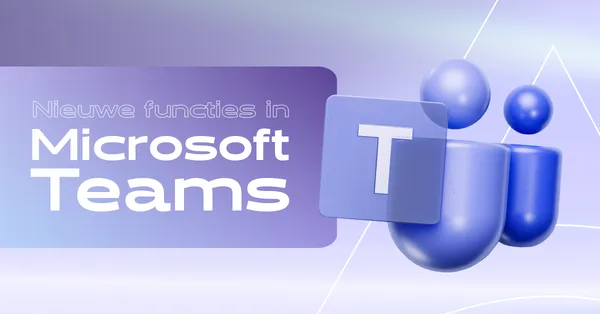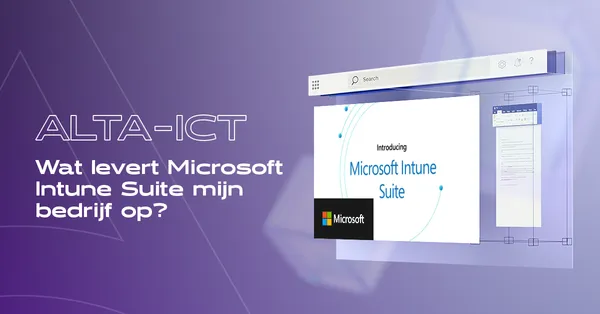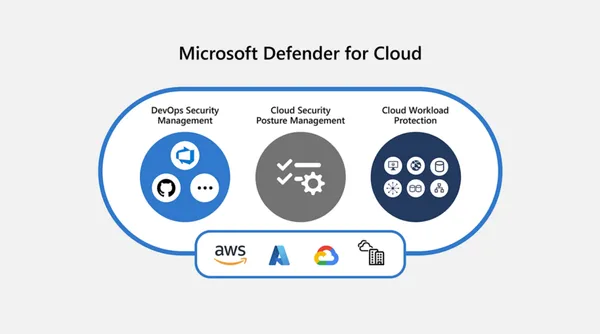
Knowledge base
November 20, 2022
Azure Synapse vs. Databricks: reviewing the leading data platforms
In a global environment governed by an increasing volume of data, the need for effective and powerful data platforms is essential. Organizations urgently need to encapsulate all scattered data in one place and perform various data operations on it to extract insightful information and make valuable business decisions.
In the world of data platforms, there are two popular technologies that are often compared: Azure Synapse versus Databricks. Both have proven their worth as reliable and effective data platforms. But when it comes to choosing between the two, it is the organization that must analyze its data management needs and finalize the technology – Synapse versus Databricks.
If you compare both, you will find out the peculiarities of each. Both offer features of enterprise data warehousing, machine learning and ETL pipelines. As you dive deeper into the features and functionalities, it becomes easier to defer which one is better for your organization.
Before we compare Databricks to Azure Synapse, let’s look at their individual features, functions, advantages, etc.
What is Databricks?
The lakehouse is the foundation of Databricks Machine Learning – a data-native and collaborative solution for the full lifecycle of machine learning, all your data, analytics and AI on one platform. Developed by the makers of Apache Spark, Databricks is a Web-based tool ideal for all types of data needs. It is capable of creating interactive visualizations, text and code with easy connectivity to tools such as Tableau, Power BI, QlikView, etc.
It offers seamless integration with tech giants such asMicrosoft Azure, AWS and GCP, simplifying data management tasks for organizations handling massive amounts of data. It is a cloud-based tool that provides data exploration via machine learning models. Data engineering tools process and transform huge amounts of data to create such ML models.
Databricks is built on top of distributed cloud computing technologies and thus proves to be much faster, more secure, scalable and robust. There are built-in visualization options that work well for any type of data. Because it has a Lakehouse architecture, it makes Big Data analytics easy to perform. It reduces the burden of unwanted data components and provides a unified data source by taking full advantage of the Lakehouse architecture.
Databricks Features:
- Database integration with data sources, development tools, partner solutions
- Unifies data warehousing and AI needs on one platform
- A reliable data platform for different cloud systems
- Streamlines data capture and management
- Provides deeper insight into the data pool
- Accelerates machine learning and team productivity
- The end-to-end machine learning environment
- Simple and easy interface for creating a multi-cloud Lakehouse
What is Synapse?
Azure Synapse Analytics is an unlimited analytics service that brings together data integration, enterprise data warehousing and big data analytics. It is the new avatar of Azure SQL Data Warehouse. It brings together the enterprise data warehouse and massive analytical workloads. It merges the features of big data analytics, data warehousing, data lake and data integration as the only merged platform.
If we observe what Synapse is, we understand that it can retrieve data – relational and non-relational at the petabyte level. It offers T-SQL-centered analytics that use serverless and dedicated SQL pools for extracting analytical information and data storage. The SQL server group provides the necessary infrastructure for huge data warehouses, and the serverless model provides ad hoc queries of the data lake with the creation of logical data warehouses.
It provides a personalized user experience with the implementation of effective compliance and governance procedures for secure customer information. Users can extract in-depth information from data through various data streams, including big data systems and various programming languages.
Azure Synapse features:
- Effective pipeline development and ETL/ELT processes
- Combine big data analytics, data integration and enterprise data warehousing in a unified workspace
- Easy integration via Apache Spark, SQL engine and languages such as Python, .NET, etc.
- Real-time security and protection of sensitive data with row- and column-based security
- Cloud data service with support for structured and unstructured data
- Data exploration of relational and non-relational data with SQL
- Language compatibility with efficient storage of information
- Responsive data engine with optimized query facilities
Azure Synapse vs. Databricks: top competitors
Azure Synapse competitors:
Here are some technologies that are competitors to Azure Synapse:
Google Cloud BigQuery, Databricks Lakehouse Platform, G2 Deals, Snowflake, Amazon RedShift, Cloudera, Dremia, IBM DB2, RStudio, MongoDB and more.
Databricks Competitors:
Here are some of the technologies that are databricks competitors:
Qubole, G2 Deals, Google Cloud BigQuery, Dremio, Snowflake, Amazon Redshift, Teradata Vantage, RStudio, IBM DB2, Cloudera, AWS and more.
Databricks vs. Azure Synapse: pros and cons
Databricks Benefits -.
- Accessible data storage and faster ETL processes
- Unified space that promotes collaboration through a multi-user environment
- Provides unmatched support for popular tools and organizations
- Provides security features for creating high-quality analytical solutions
- Simplifies data exploration, prototyping and driving data-driven applications
- Enables teams to offer performance-based Spark clusters in a self-service manner
Databricks Cons -.
- Build and release code package via CI/CD
- Software engineering skills are a must
- Code must remain in Notebooks and may not be user-friendly
Benefits of Azure Synapse –
- Compatibility with scripting languages such as Python, Scala, Java, SQL, R, etc.
- Personalized user experience with effective data storage
- Fine data security and fraud detection
- Fast and effective delivery of insights from all data sources
- Creation of comprehensive analytical solutions with less project development time
- Uses MPP database technology, for managing workloads and large amounts of data
Azure Synapse Disadvantages –
- Task planning competencies are difficult to handle
- Delays on updates, new features and Spark integration
- Seamless integration with third parties is difficult
Azure Synapse vs. Databricks: key components
Components of Databricks –
- Databricks SQL analytics
- Databricks Workspace
- Databricks Machine Learning
- Data management in Databricks SQL
- Clusters, notebooks, libraries, workspace, tasks
- Delta Lake
- Delta engine
Components of Synapse –
- Synapse SQL
- Furnished pool
- Pole on request
- Open-Source Spark and Delta
- Synapse Pipelines
- Studio
Databricks vs Synapse: the similarities
- Popular data platforms
- Provide speed, volume and quality required by BI and analytics solutions
- Provide data management and data analysis
- Ad-hoc data lake discovery
- Inherent support for machine learning workflows
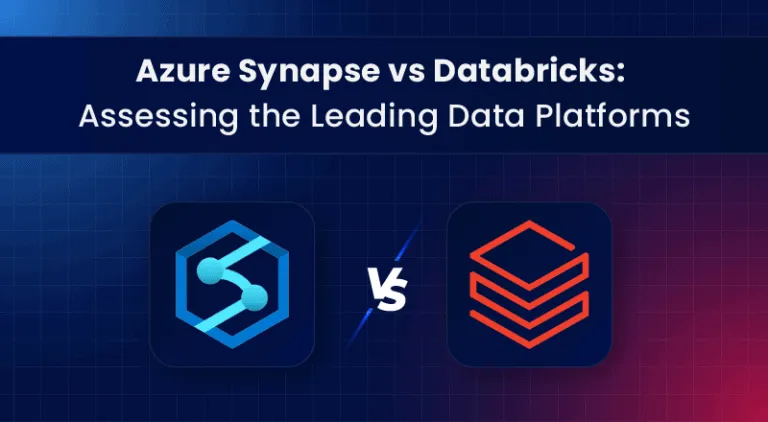
Azure Synapse vs Databricks: a one-to-one comparison
| Parameters | Synapse | Databricks |
| Overview | A data warehouse and analytics tool, with open-source Apache Spark and built-in support for .NET for Spark applications | A web-based comprehensive platform for data storage and analysis, insightful information and interactive displays |
| Architecture | Consists of data storage, data processing and visualization integrated into one platform | Application of data Lakehouse in an integrated cloud-based platform with connection to cloud-based storage |
| Ease of use | Dependent on SQL and Azure, so easy to use for those organizations and users familiar with these platforms | Helps store, cleanse and visualize data through a single platform that performs tasks from simple ETL to complex BI, so easy to use |
| General competencies | Spark Engine, SQL Engine, data warehouse and interface tool | Notebook, Dashboard, Databricks SQL, Machine Learning, Data Science |
| Support for Apache Spark | Has open-source Apache Spark with built-in support for .NET | Built on top of Apache Spark with fully managed Spark clusters |
| Notebooks | Supports notebooks, but does not have support for automated versioning. The supported notebook is the Nteract Notebook. Users must save the notebook before another user can view changes. | Supports notebooks and automated version control functions. The supported notebook is Databricks Notebook. Provides real-time cocreation with automatic versioning. |
| Experience with developers | Via Azure Synapse Studio for single-point access | Via Databricks Connect and UI for easy connection |
| Supported languages | Supports SQL, Python, Scala, etc. | Supports Python, R, SQL, etc. |
| Experience with Power BI | Using Power BI from Azure Synapse Studio | Access to the full traditional BI experience |
| Data warehousing and SQL Analytics | Provides all the necessary SQL features a BI user would need, with the latest SQL technologies | Offers a delta lake-based data warehouse, but may not be able to provide a full BI experience |
| Utilize Delta | Delta Lake is open source | Did Databricks Delta with some more optimizations |
| Data Security | Provides access control, network security, authentication, data protection for SQL injection attacks, authentication attacks | Provides role-based access management and automated encryption with other security features that play an important role |
Synapse vs Databricks: when to use what?
Comparing Databricks to Synapse, it becomes clearer when to use which technology:
Use Synapse When –
- You need SQL data analysis, big data analysis and data warehousing
- There is a need to create interactive, self-service reports through BI tools because Power BI can be accessed directly from Synapse Studio
- You are an avid SQL user who loves BI development with SQL technologies
- Users want to quickly implement a good data warehouse and analysis tool without manual installation
Use Databricks When –
- There is a need for AI, machine learning application development in real-time scenarios and data science workloads because it provides a great developer experience
- You are a data scientist who uses Notebooks and chooses to code in languages such as Python or R
- There is a technical audience and the data platform has a wider reach with better competencies.
- There is more focus on the data lake and data processing with familiarity with Apache Spark
The final note : Azure Synapse Analytics versus Databricks
When evaluating the duo of Databricks versus Azure Synapse, it is important to consider the overall viewpoint by which we choose the right tool for the right purpose. Both have been successful in implementing challenging projects for multiple organizations
Therefore, the final judgment of Databricks vs Synapse lies in the hands of the organization after evaluating all the parameters involved such as workload, data volume, usage pattern, data strategies, resources involved, project timelines, budgeted costs, programming language, platform, investment in open source tools, etc.
Source: spec-india
Want to know more?

Related
blogs
Tech Updates: Microsoft 365, Azure, Cybersecurity & AI – Weekly in Your Mailbox.


